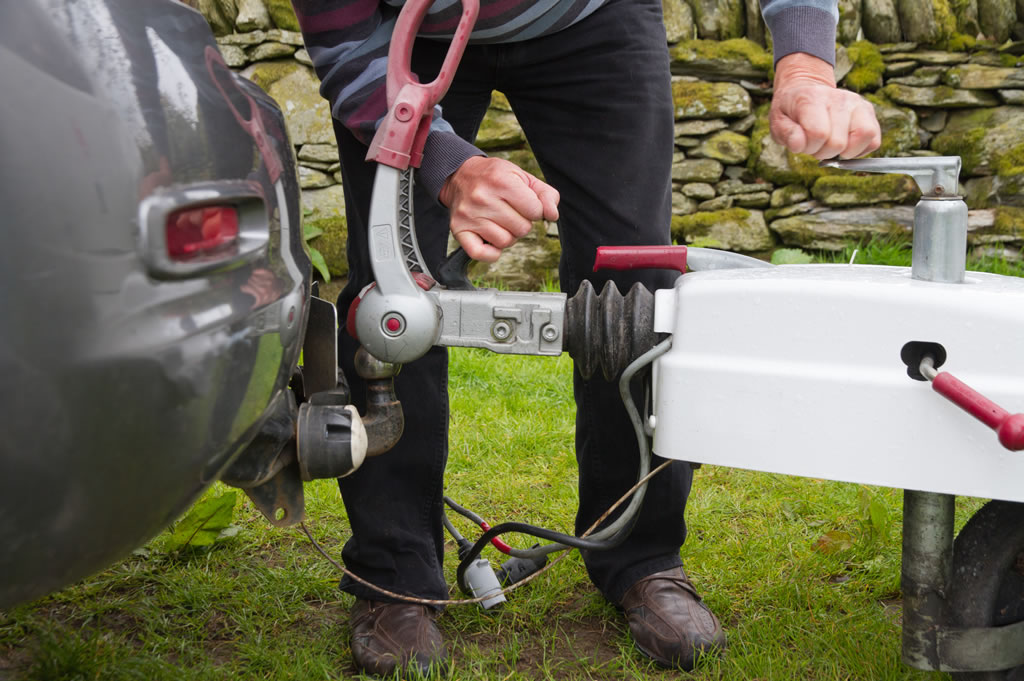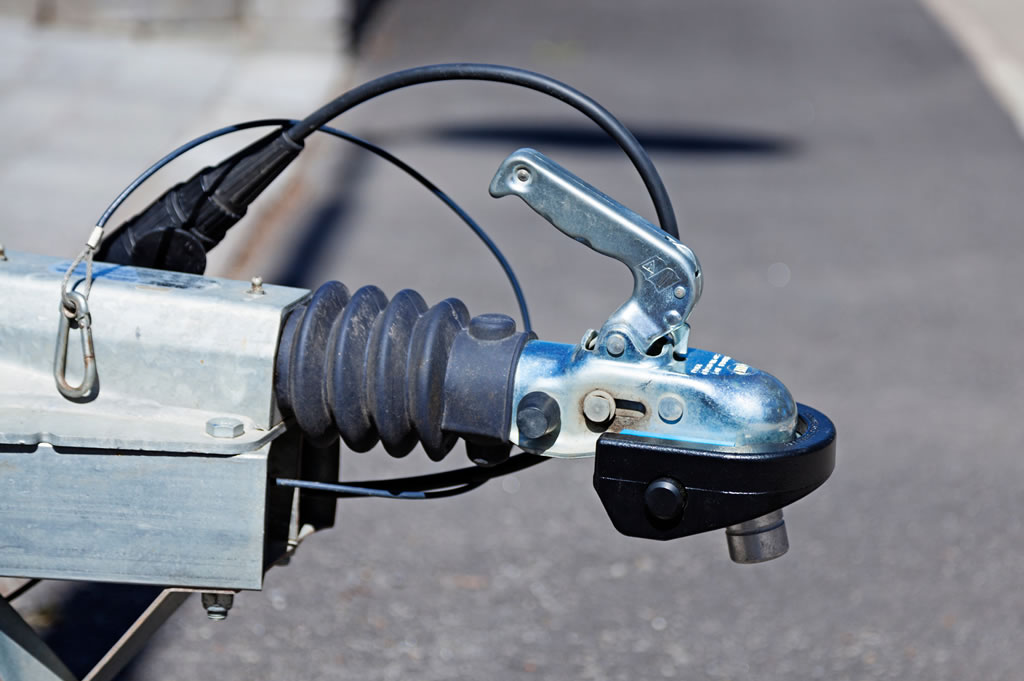
Whether you’re new to caravanning or an experienced caravan goer, breakaway cables are a key component to caravan safety. Small but mighty, breakaway cables carry a huge responsibility, so it’s important to know what they are and understand how to ensure they are working properly.
What is a breakaway cable?
A breakaway cable is a safety cable that attaches the brake system on your caravan to the back of your tow vehicle. If your caravan becomes unhitched from your towing vehicle whilst in motion, the breakaway cable will apply the caravan brake and allow the caravan to come to a halt before snapping and separating itself from the towing vehicle. One end of the cable is attached to the brake on the caravan and the other end to the towing vehicle.
Is it a legal requirement?
The law in the UK requires all caravans with a maximum technically permissible laden mass (MTPLM) between 750kg and 3500kg to be fitted with a safety device to provide protection should the towing vehicle and trailer separate. Correctly fitting a breakaway cable ensures compliance with this law.
What types are there?
There are two types of breakaway cables: a standard spring clip and a more heavy-duty carabiner. In the last few years, there have been a few changes to the standards for best practice. As of 2018, all breakaway cables fitted to caravans should have a carabiner, however, currently, you can legally still use a spring clip cable.
How do you fit a breakaway cable?
It is your legal responsibility to ensure the breakaway cable is properly fitted and attached. The Caravan Safety & Security Group guidelines are as follows:
1. Ensure that the cable is routed directly to the car without loops or kinks and through any guides in the caravan drawbar. Always replace any damaged cable with the relevant manufacturer’s spare to make sure it functions correctly.
2. The cable should be looped through the large diameter hole or loop in or on the towbar and then clipped back on itself. The cable hook should NOT be clipped directly to that hole as this may lead to premature failure unless the cable is designed for direct attachment.
3. If there is no suitably sized hole or loop in or on the towbar, the cable should be passed around the neck of the tow ball beneath the coupling head and then clipped back to itself.
4. The breakaway cable should be long enough that it does not attempt to apply the brakes whilst in motion, particularly around corners, but not so long that it can contact the road or become wrapped around some part of the front of the caravan when in use. Make sure that the cable is not or cannot be entangled with the electrical cable and/or any external stabiliser in place.

Condition and Maintenance
As with all equipment, breakaway cables must be checked regularly for damage before use. Inspect both the cable and clip for signs of damage or wear and tear. If in doubt of its condition, contact the manufacturer or supplier.
Caravan breakaway cables may not win as the most interesting of caravan topics, but they are an extremely important part of being a responsible caravanner. We hope this guide has given you a few safety tips when it comes to safe towing practices! For further caravan safety tips, take a look at some of our other caravan guides such as ‘Hitching A Caravan Safely.’ If you’re planning a caravan adventure this year, you might want to think about taking out insurance. At The Insurance Emporium, our *Touring Caravan Insurance includes cover for Loss, Theft or Accidental Damage as standard. You could even receive up to 45% discount^ on your policy! Head on down to The Insurance Emporium to find out more!
^ The discount is capped at 45% and is made up of a range of additional discounts (if appropriate). Please see our website for the additional discounts. The 45% discount is available for the first 12 premium payments on lunar and calendar monthly policies or one premium payment on annual policies.
* Touring Caravan Insurance from The Insurance Emporium does not cover public liability in respect of (a) death or bodily injury, loss or damage to property sustained whilst your caravan is being transported or towed by a motor vehicle, is attached to or becomes detached from a motor vehicle and death or bodily injury, loss or (b) damage to property sustained due to any motor vehicle used to transport or tow your caravan.
All content provided on this blog is for informational purposes only. We make no representations as to the accuracy or completeness of any information on this site or found by following any link on this site. We will not be liable for any errors or omissions in this information nor for the availability of this information. We will not be liable for any loss, injury or damage arising from the display or use of this information. This policy is subject to change at any time.


